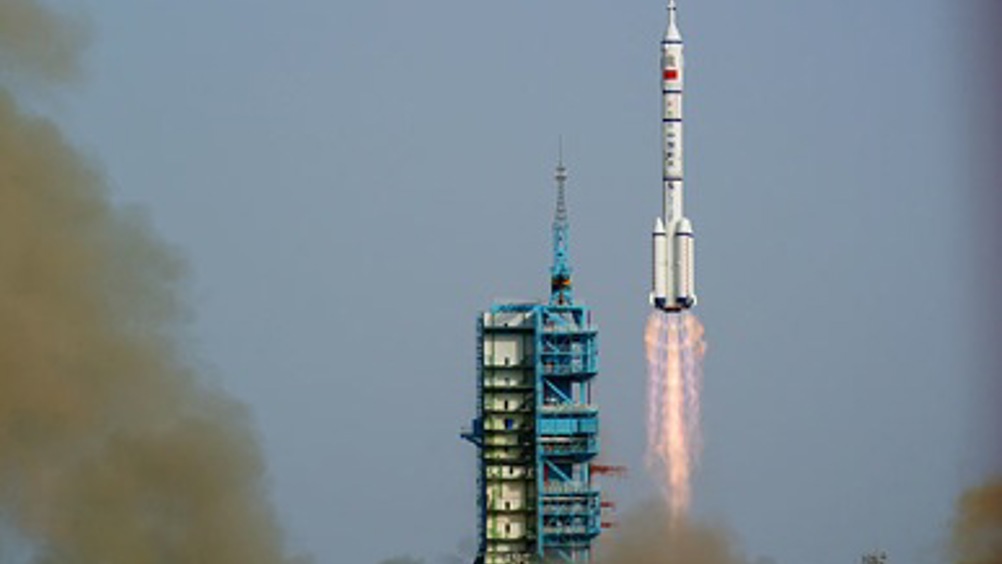China completes first successful manned space docking
A Chinese spacecraft carrying three astronauts has docked with an orbiting module, marking the country’s first manned space docking.

The Shenzhou 9 capsule completed the docking with the Tiangong1 module after 2pm (0600 GMT), 213 miles above Earth.
Astronauts will work on Tiangong 1 for several days as part of preparations for manning a permanent space station.
The crew launched on Saturday from the Jiuquan centre on the edge of the Gobi desert in northern China. It included Liu Yang, an air force pilot and China’s first female space traveller.
The space flight marked China’s first successful manned-docking, following two successful unmanned dockings with the Shenzhou 8 and the Tiangong 1 by remote control.
Today’s docking was also made by remote control from a ground base in China but there are plans to complete a manual docking later on in the mission.
The three astronauts will spend at least 10 days in space on China’s fourth manned mission where they will be conducting medical tests and experiments inside the Tiangong 1 module.
China could join the United States and Russia as the only countries to send independently maintained space stations into orbit.
Register now to continue reading
Thanks for visiting The Engineer. You’ve now reached your monthly limit of news stories. Register for free to unlock unlimited access to all of our news coverage, as well as premium content including opinion, in-depth features and special reports.
Benefits of registering
-
In-depth insights and coverage of key emerging trends
-
Unrestricted access to special reports throughout the year
-
Daily technology news delivered straight to your inbox










CCC Report Finds UK Climate Targets Still Within Reach
In 1990 67% of the UK´s electricity came from coal-fired power stations and even without renewables the transition to gas was a major contributor to...